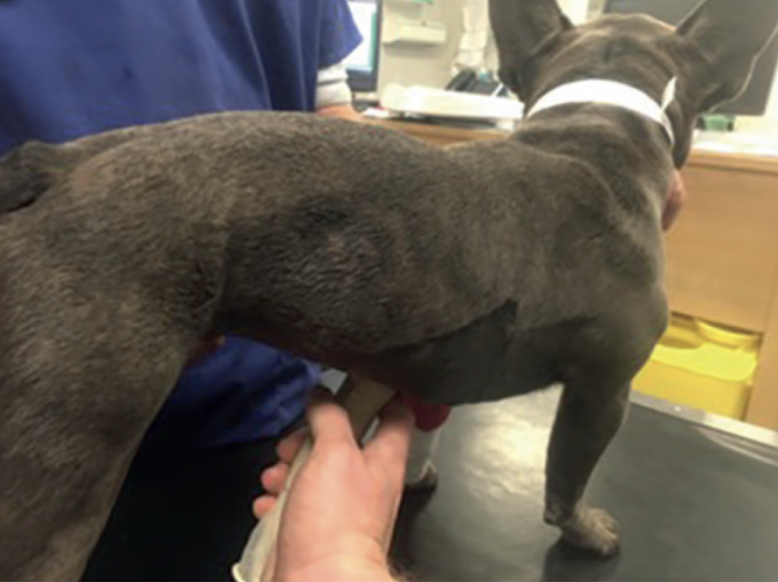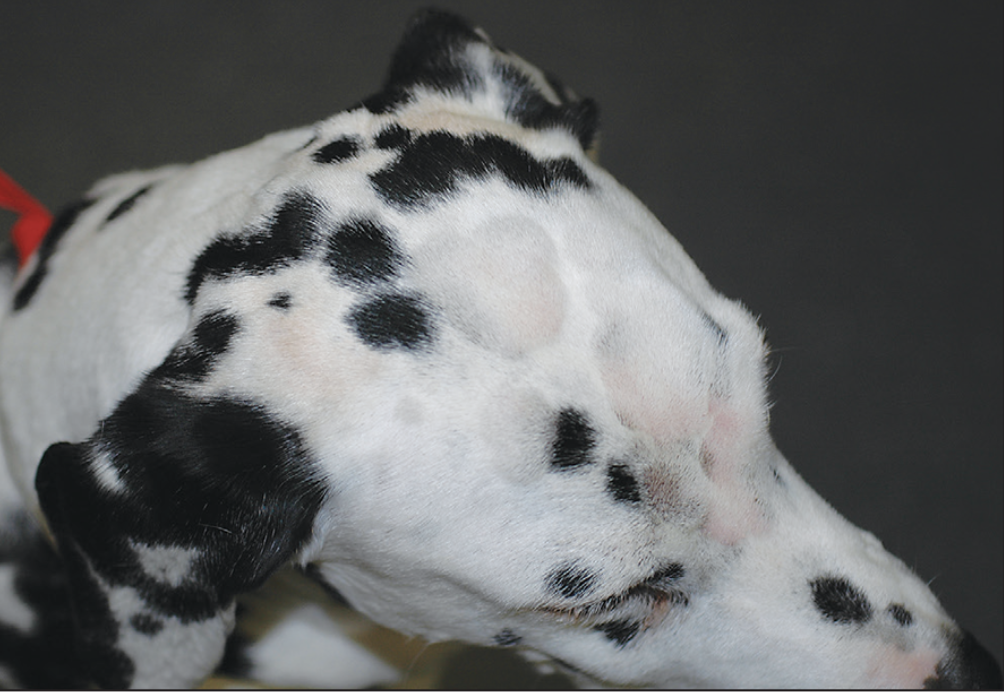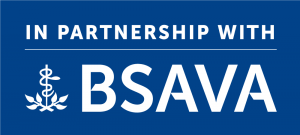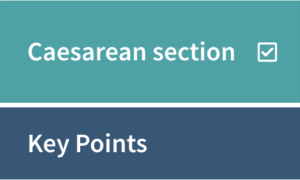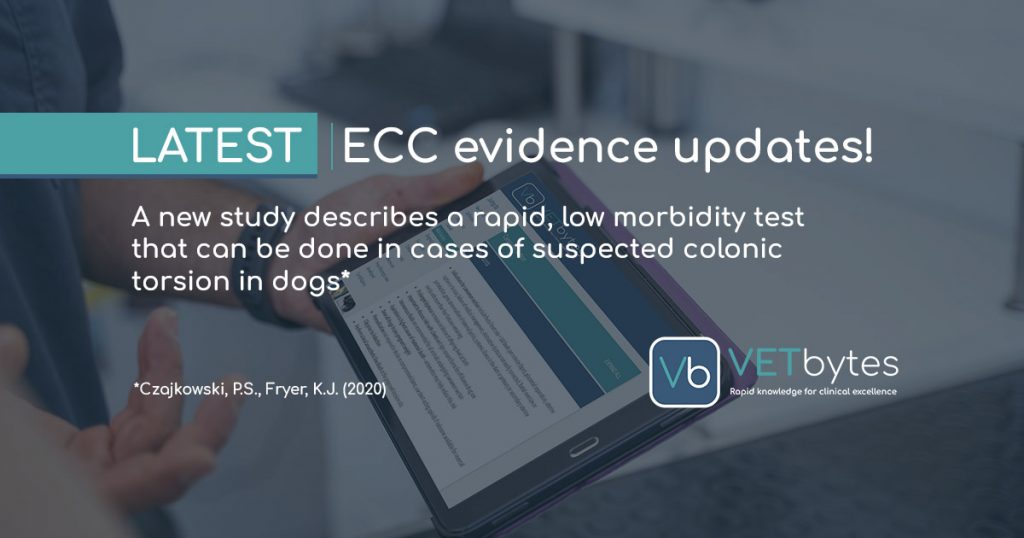ASK VETbytes

Induction Of Emesis In Cats
Maxwell, K.M., Odunayo, A., Wissel, C. (2024)
Use of orally administered dexmedetomidine to induce emesis in cats.
Journal of Feline Medicine and Surgery 26(5), 1098612X241248980.
Full text available
QU. What was the success rate of inducing emesis in cats using orally administered dexmedetomidine at a dose of 20 µg/kg, as described in the study?
A. 43%
B. 67%
C. 83%
D. 100%
Click here for the answer
ANSWER
C 83%
MORE INFO
The study explored the use of orally administered dexmedetomidine at a dose of 20 µg/kg to induce emesis in cats. Emesis was successfully induced in 83% of the cats (5 out of 6), making it a potentially effective method for gastrointestinal decontamination following toxin ingestion. This novel administration route could be especially useful in scenarios where intramuscular injections may be more stressful or difficult to perform.
Dexmedetomidine, an alpha-2 agonist, works by stimulating the chemoreceptor trigger zone in the brain, which leads to both emesis and sedation. Although sedation was a noted side effect, no other significant adverse effects were observed in this study, highlighting the potential for oral administration as a practical alternative in emergency settings.
SUBSCRIBE NOW
Subscribe to find out more about this article in our LATEST UPDATES section or visit our website www.vetbytes.co.uk to discover how VETbytes supports faster, better clinical decisions and improved patient care
